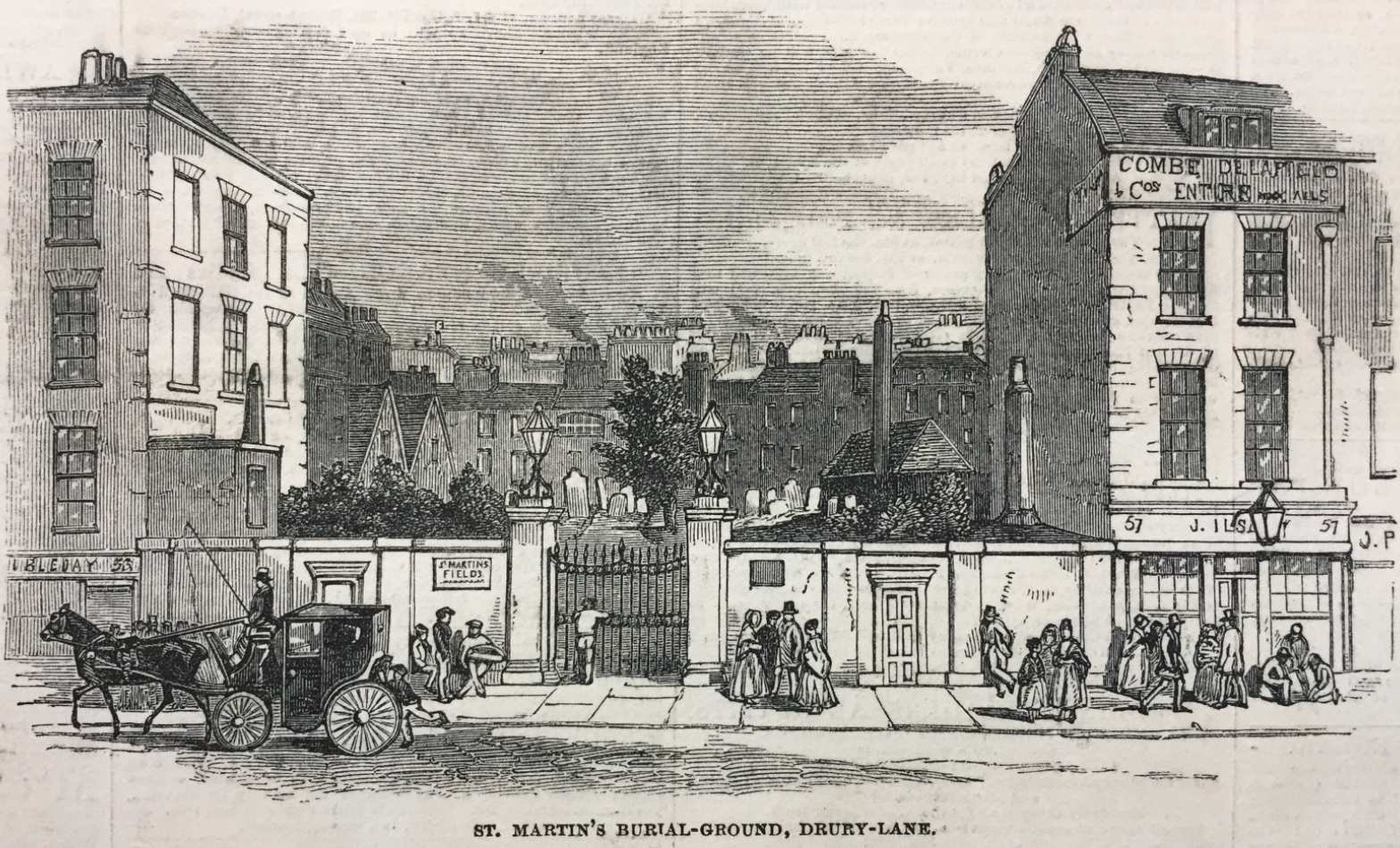
Victorian Cemeteries and the Suburbs of London
Thu 10 February 2022
18:30 -19:30
London’s early Victorian cemeteries redefined the relationship between the city’s urban centre and its rural surroundings, as well as reframing ‘death culture’. Pioneering new architectural aesthetics and landscapes, they also introduced new administrative structures for burial processes and rituals to make them safer and more dignified for the urban context and for society.
What their founders and promoters hadn’t foreseen was the impact the cemeteries would have on their immediate surroundings in the future. In this talk author and historian Gian Luca Amadei highlights the spatial consequences that occurred when a new cemetery was introduced into an area: a kind of 'ripple effect' but at an urban scale. Often early Victorian cemeteries were located in out-of-town areas that were largely rural, or with a low density of inhabitants. Because of their distance from the city, transport routes were important for mourners visiting the deceased, with consequences for the connectivity of the suburbs to the centre.

General Info
Organiser